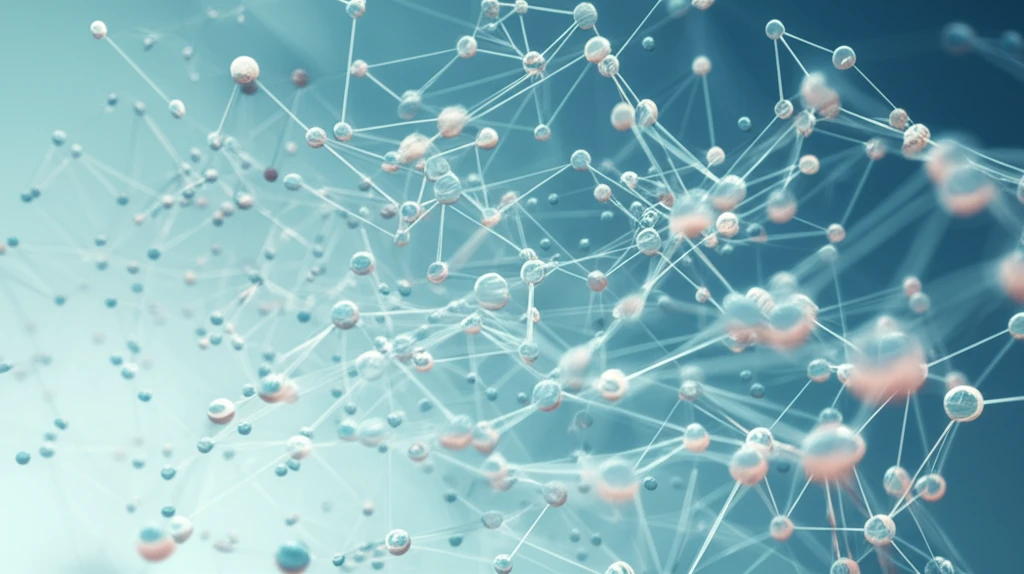
Unlocking the Secrets of Network Robustness: How Graph Theory Impacts Our Connected World
"Dive into the fascinating world of graph theory and discover how it's being used to enhance the reliability and efficiency of complex networks, from social connections to critical infrastructure."
In our increasingly interconnected world, the robustness of networks is more critical than ever. From the internet to social networks and even our infrastructure systems, these complex webs are constantly under pressure from various threats. Imagine the chaos if a significant portion of the internet suddenly went down or if a major city's power grid collapsed. These scenarios highlight the urgent need to understand and improve network resilience.
Graph theory, a branch of mathematics that studies networks through abstract structures called graphs, offers powerful tools for analyzing and optimizing these systems. Graphs consist of nodes (representing entities) and edges (representing connections between them). By applying graph-theoretical concepts, researchers can uncover vulnerabilities, predict cascading failures, and design more robust network architectures.
Recent research has delved deeper into the properties of contractible edges within k-connected infinite graphs. A contractible edge is one that, when removed or contracted, doesn't compromise the overall connectivity of the network. Identifying and understanding these edges is vital for building networks that can withstand disruptions.
The Power of Contractible Edges: Building Resilient Networks

The study of contractible edges provides valuable insights into network robustness. Think of a contractible edge as a redundant connection—one that can be lost without significantly impacting the network's ability to function. Networks with a high density of these edges are inherently more resilient to failures.
- Enhanced Network Design: Understanding where contractible edges are likely to exist allows engineers to design networks with built-in redundancy.
- Improved Vulnerability Assessment: Identifying areas where contractible edges are scarce can pinpoint potential weak spots in a network.
- Optimized Resource Allocation: Resources can be strategically allocated to reinforce areas with fewer contractible edges, increasing overall network resilience.
Towards a More Connected Future
The ongoing exploration of graph theory and contractible edges provides a pathway to building more robust and resilient networks. As our world becomes increasingly reliant on interconnected systems, these mathematical insights offer essential tools for safeguarding critical infrastructure, enhancing communication networks, and fostering a more reliable and connected future for everyone. By continuing to invest in this field of research, we can unlock further secrets of network resilience and create systems that are better equipped to withstand the challenges of tomorrow.
